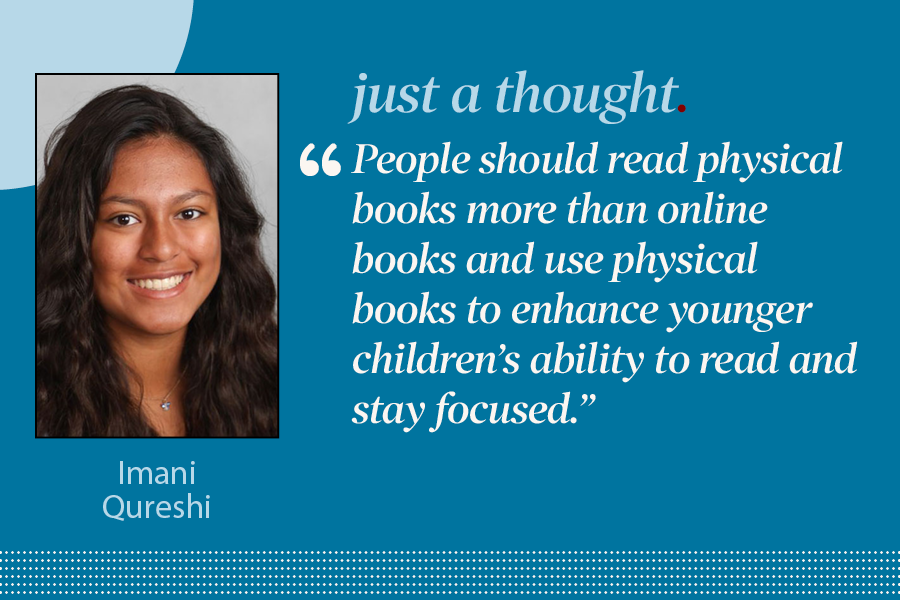Lab community reacts to SAT changes
In January, the College Board announced that starting in 2024, the SAT will undergo a series of changes, such as adopting a virtual format and allowing calculators for the entire math section.
March 1, 2022
No. 2 pencils, grids of multiple choice letters and three hours in a testing room. Many juniors and seniors have personal experience taking what has historically been one of the most prominent national standardized tests — the SAT. Soon, however, the SAT won’t look the same as most remember. The College Board has revealed plans for a new format of the test, and while many underclassmen are appreciative, others wish the changes had come sooner.
In January, the College Board announced that starting in 2024, the SAT will be fully virtual. While the test will still be offered in person at testing centers, it has been shortened to two hours, with scores made available within days. Calculators will be permitted for the entirety of the math section, and reading passages will be reduced in length with only one question per passage.
Perhaps most significantly, the test will be adaptive, meaning that students will be presented with different sequences of questions depending on the accuracy of their preceding responses. If a student answers correctly, the following questions will be more difficult.
According to college counselor Patty Kovacs, there are still many questions to be answered regarding how the test-taking will play out over the following years. She predicts that the new system will benefit the College Board above all.
“The benefit is that they don’t have to write as many new test questions. Constructing the test is one of the most expensive things about any standardized test,” Ms. Kovacs said. “The technology will allow them to reorder, and to pull from a variety of different silos.”
Ninth graders such as Paola Almeda, who will have the option to take the new form of the SAT, is relieved not only that the test will be offered in a shorter form but also that the test may still be optional to submit at many colleges should she decide to take it. To Paola, the ability to take a test virtually with less dense reading sections makes the idea of a standardized test much more approachable.
“It’s nice — I feel really relieved now that it is easier,” Paola said. “It takes off a lot of the stress if it’s optional, too.”
Ninth grader Hana Javed, who struggles with written tests, finds the switch particularly impactful. And classmate Ace Ma, who has multiple learning disabilities that could affect test taking, feels that the new format is more manageable.
“I’m happy,” Ace said. “I’ve been stressed about the SAT since fifth grade.”
Rohan Chadha, a junior who has already taken the SAT, has mixed feelings about the timing of the changes.
“It is annoying for everyone like for the juniors and seniors that already have taken it,” Rohan said, “but I kind of do like the idea. I feel like it does take off pressure for the next juniors, like the upcoming classes.”
According to Rohan, these changes were a long time coming, especially given that the SAT has been made a non-crucial component of the college application process in recent years. He thinks this may be the first of many changes to the SAT in coming years.
“They might keep on modifying their tests in order to keep on making money,” Rohan said. “I think they’ll probably do everything they can to stay relevant.”
Though many students are optimistic about the changes, Ms. Kovacs says some big important questions still remain. Namely, many are wondering what these changes will mean for the SAT’s main competitor — the ACT — who have been working on their own online version of their test for some time. Others wonder how test prep will work, and whether the new format will offer a more equitable experience for students with less testing experience. Most importantly, the question still remains as to whether testing will be weighed differently in a college admissions setting as a consequence of new testing standards and the vastly changing college climate.
“If the entire public system of the state of California is dumping testing forever, how soon will it be New York, Texas, Ohio and then the rest of the country?” Ms Kovacs said. “This is at a moment of peak change, not just in testing but in college admissions.”
































































